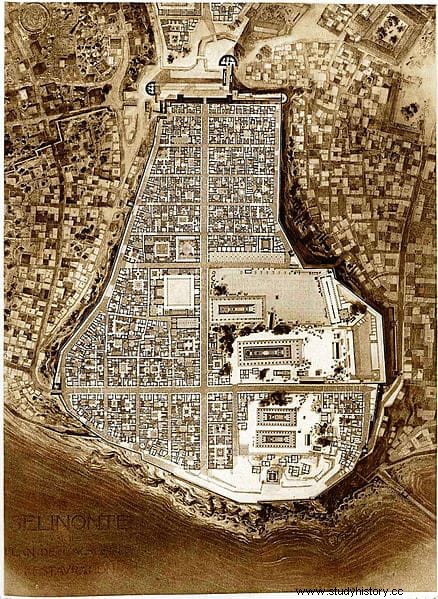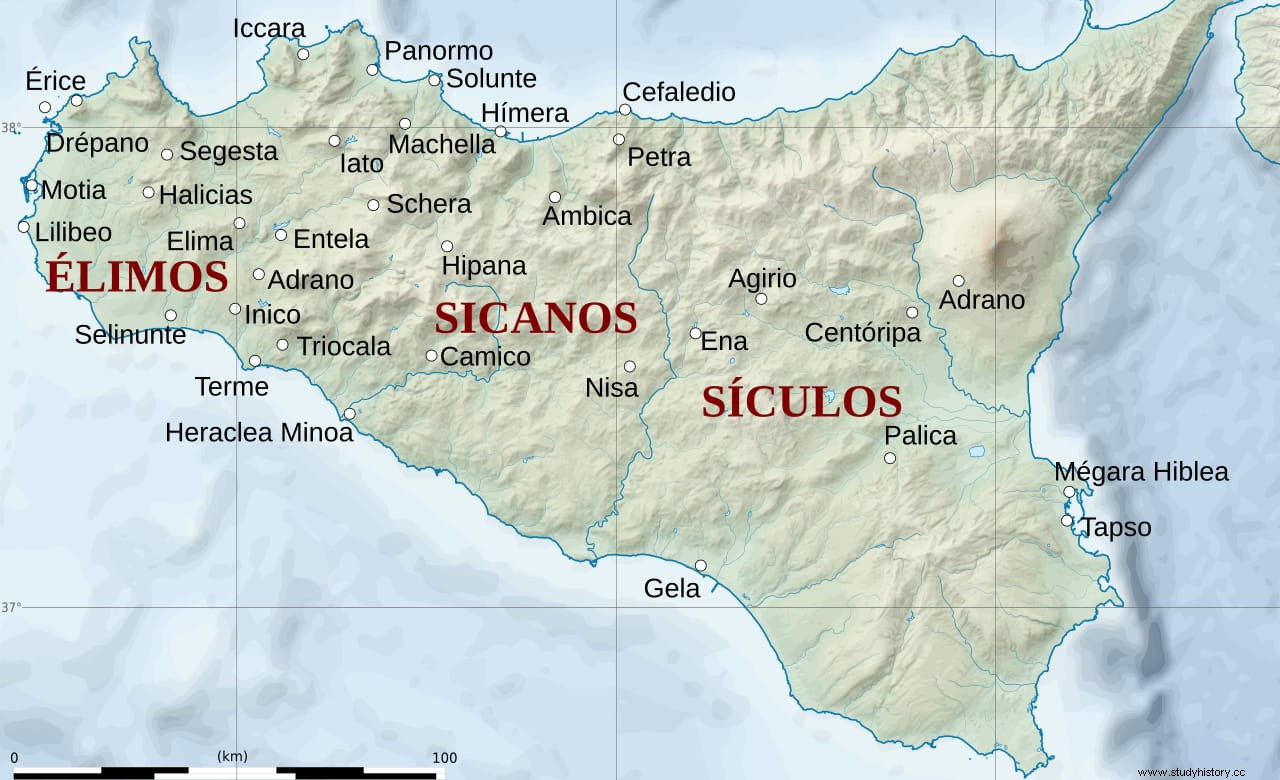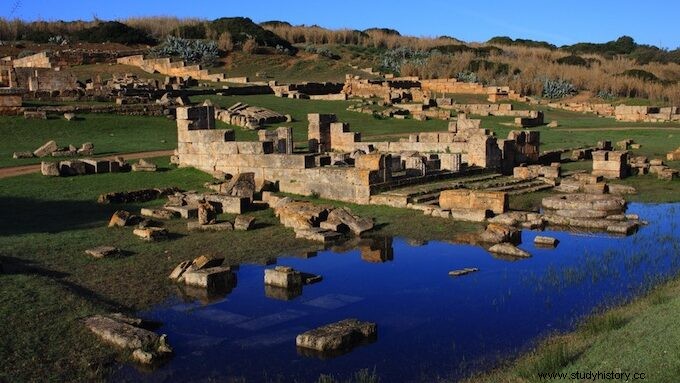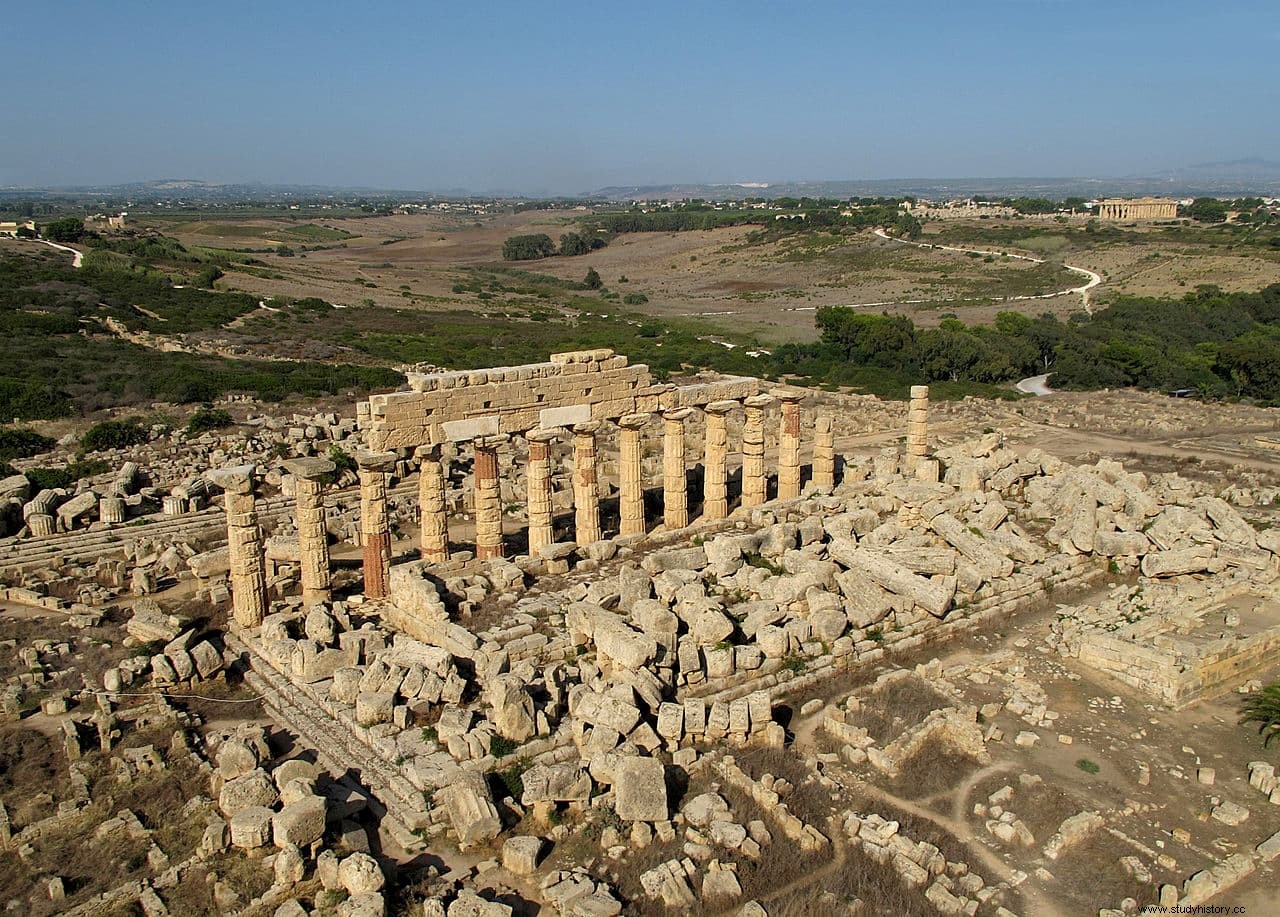In the year 409 B.C. Carthaginian troops razed the Greek city of Selinunte , in Sicily, killing or imprisoning its more than 20 thousand residents. A few thousand remained in the city as tributaries of Carthage. Years later, in 250 BC, the entire population was moved to Lilibea, and they would never return. Since then the ruins of the city have been preserved intact underground, waiting to be discovered and examined by archaeologists.

Over the years, the entire city, made up of some 2,500 houses, the streets, the port, and an industrial area that produced pottery, has been unearthed and excavated. Archaeologists have compared Selinunte to Pompeii, given its high degree of preservation.
And it is that only 15 percent of the city, including the spectacular acropolis and temples, remained in view. Two of the temples were even rebuilt in the mid-20th century, after being victims of an earthquake. That is why Selinunte is the only classical Greek city that has been completely preserved.
The current excavations are bringing to light the exact moment when Selinunte ceased to exist as a city, and was preserved in time under the mud. Something that has allowed calculating how much population inhabited the Greek cities, and how many houses they could house, unknown data until now. Previously, archaeologists could only have a fragmentary idea of how ancient Greek cities functioned.

Even food scraps found in a dozen bowls buried under the roof of a collapsed building, likely burned down by invaders, are being analyzed.
For the first time in Selinunte, archaeologists can also understand the functioning of an industrial area and the complex relationships between the population and the local economy.

The excavations are led by Professor Martin Bentz of the University of Bonn, whose team has found up to eighty kilns dedicated to the manufacture of food storage containers and small statuettes of gods.
The archeology of Selinunte is unique in the world, mainly because the entire city ceased to exist as a population center in less than a day. Literally overnight, it became a ghost town.

Before the fateful date of 409 B.C. the city produced up to 300 thousand ceramic units, exporting approximately 80 percent of the production to the rest of the Greek and Mediterranean world. Archaeologists now plan to study pottery from across the ancient Mediterranean world in order to discover where these exports went.
Two and a half millennia after its tragic disappearance, Selinunte finally rises again.
